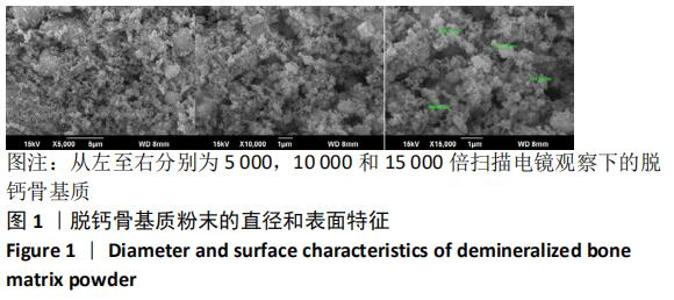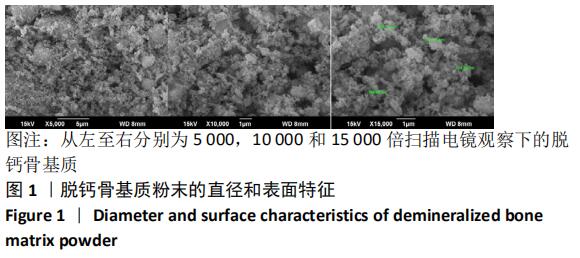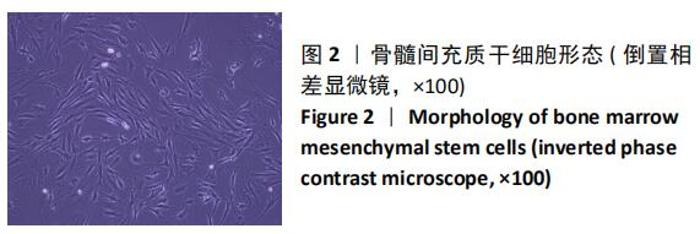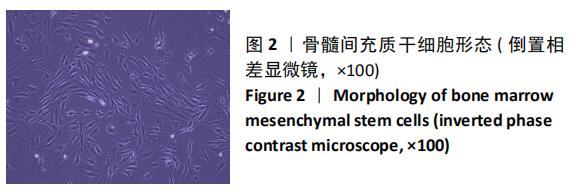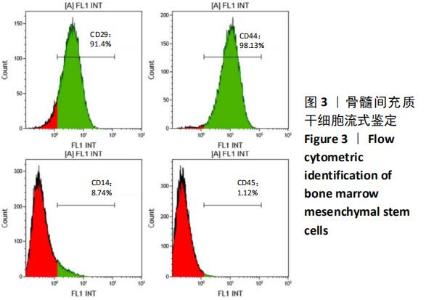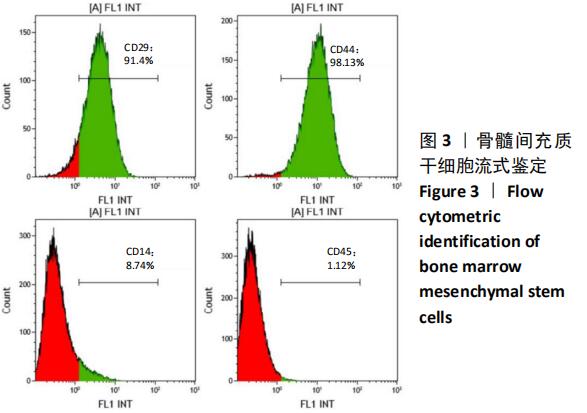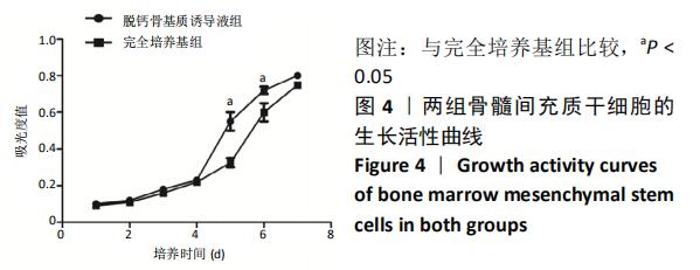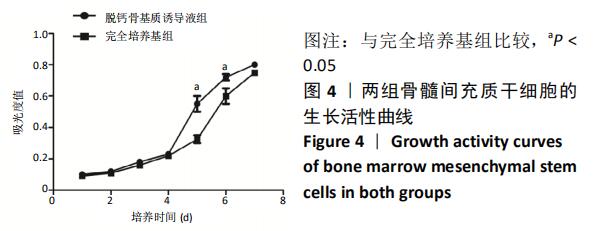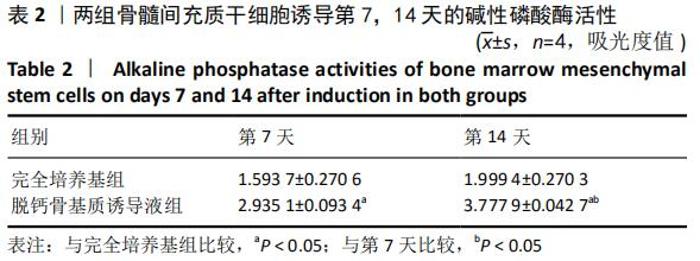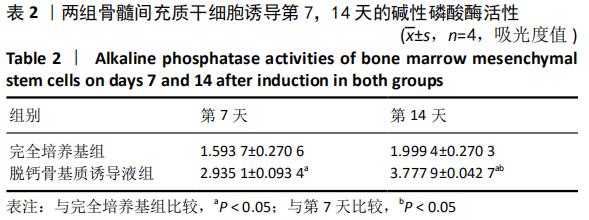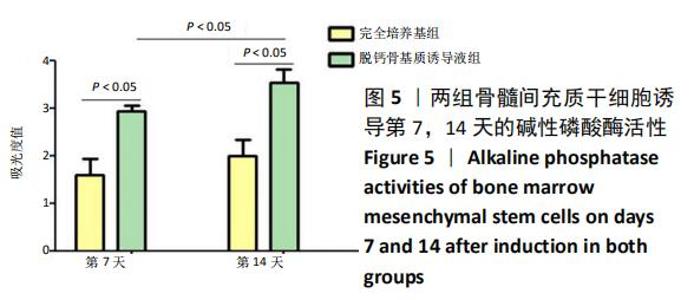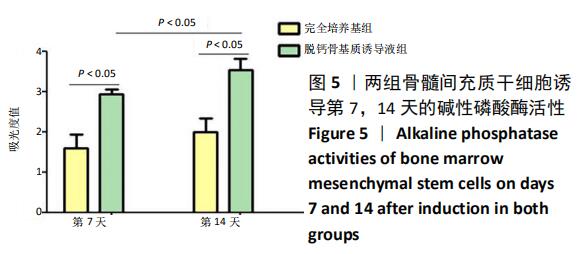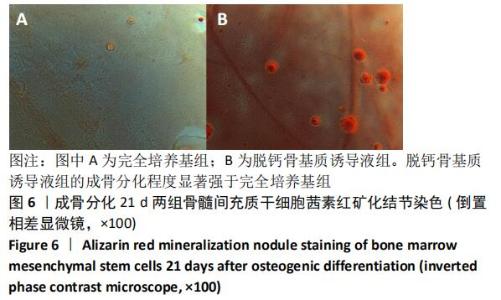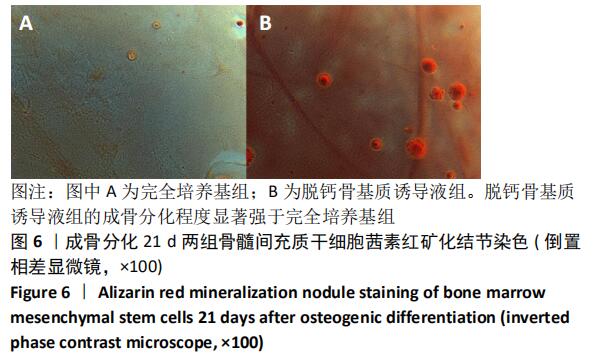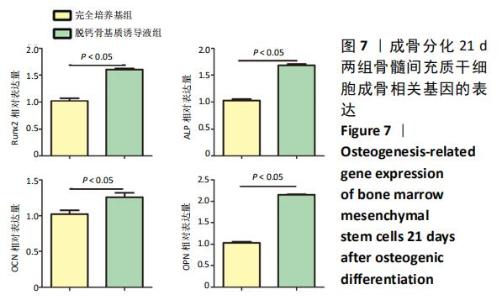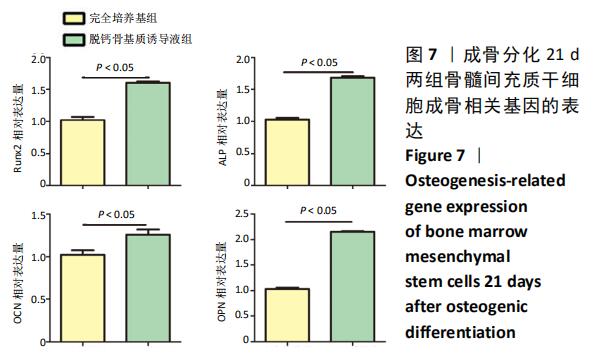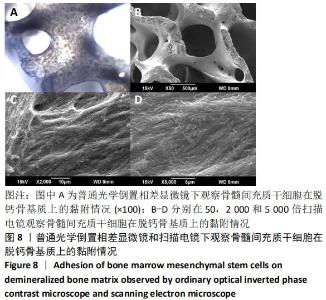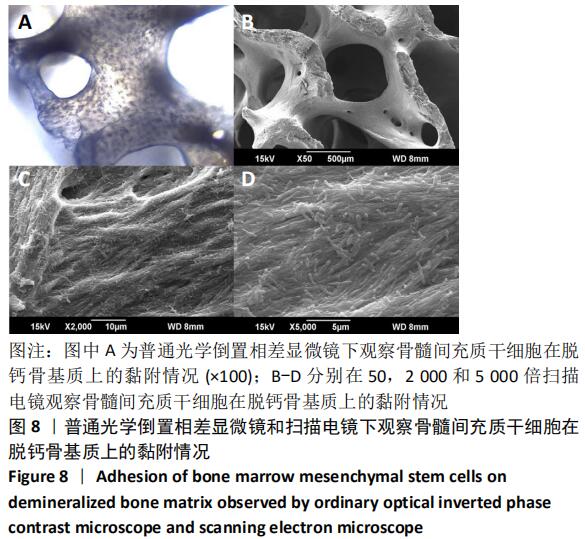[1] BIANCO P, ROBEY PG, SIMMONS PJ. Mesenchymal stem cells: revisiting history, concepts, and assays. Cell Stem Cell. 2008;2(4): 313-319.
[2] PROCKOP DJ, OH JY. Mesenchymal stem/stromal cells (MSCs): role as guardians of inflammation. Mol Ther. 2012;20(1):14-20.
[3] AL JUMAH MA, ABUMAREE MH. The immunomodulatory and neuroprotective effects of mesenchymal stem cells (MSCs) in experimental autoimmune encephalomyelitis (EAE): a model of multiple sclerosis (MS). Int J Mol Sci. 2012;13(7):9298-9331.
[4] CHU W, GAN Y, ZHUANG Y, et al. Mesenchymal stem cells and porous β-tricalcium phosphate composites prepared through stem cell screen-enrich-combine(-biomaterials) circulating system for the repair of critical size bone defects in goat tibia. Stem Cell Res Ther. 2018;9(1): 157.
[5] WANG Y, WANG K, LI X, et al. 3D fabrication and characterization of phosphoric acid scaffold with a HA/β-TCP weight ratio of 60:40 for bone tissue engineering applications. PLoS One. 2017;12(4): e0174870.
[6] KUTIKOV AB, SKELLY JD, AYERS DC, et al. Templated repair of long bone defects in rats with bioactive spiral-wrapped electrospun amphiphilic polymer/hydroxyapatite scaffolds. ACS Appl Mater Interfaces. 2015; 7(8):4890-4901.
[7] GLOWACKI J, MIZUNO S. Collagen scaffolds for tissue engineering. Biopolymers. 2008;89(5):338-344.
[8] VAN SUSANTE JL, BUMA P, VAN BEUNINGEN HM, et al. Responsiveness of bovine chondrocytes to growth factors in medium with different serum concentrations. J Orthop Res. 2000;18(1):68-77.
[9] RACKWITZ L, REICHERT JC, HAVERSATH M, et al. Cell-based and future therapeutic strategies for femoral head necrosis. Orthopade. 2018;47(9):770-776.
[10] 程胜承,刘义,景亚青,等.羟基磷灰石诱导脂肪间充质干细胞成骨分化的实验研究[J].天津医药,2018,46(7):687-691.
[11] MAENO T, MORIISHI T, YOSHIDA CA, et al. Early onset of Runx2 expression caused craniosynostosis, ectopic bone formation, and limb defects. Bone. 2011;49(4):673-682.
[12] KOMORI T. Animal models for osteoporosis. Eur J Pharmacol. 2015; 759:287-294.
[13] SODEK J, GANSS B, MCKEE MD. Osteopontin. Crit Rev Oral Biol Med. 2000;11(3):279-303.
[14] ZHANG B, SUN Y, CHEN L, et al. Expression and distribution of SIBLING proteins in the predentin/dentin and mandible of hyp mice. Oral Dis. 2010;16(5):453-464.
[15] ŠPONER P, FILIP S, KUČERA T, et al. Utilizing Autologous Multipotent Mesenchymal Stromal Cells and β-Tricalcium Phosphate Scaffold in Human Bone Defects: A Prospective, Controlled Feasibility Trial. Biomed Res Int. 2016;2016:2076061.
[16] GJERDE C, MUSTAFA K, HELLEM S, et al. Cell therapy induced regeneration of severely atrophied mandibular bone in a clinical trial. Stem Cell Res Ther. 2018;9(1):213.
[17] BLUM B, MOSELEY J, MILLER L, et al. Measurement of bone morphogenetic proteins and other growth factors in demineralized bone matrix. Orthopedics. 2004;27(1 Suppl):s161-165.
[18] 张乃丽,张育敏,周沫,等.可塑形脱矿骨基质/透明质酸骨泥的制备与细胞相容性[J].中国组织工程研究,2013,17(47):8182-8188.
[19] ADKISSON HD, STRAUSS-SCHOENBERGER J, GILLIS M, et al. Rapid quantitative bioassay of osteoinduction. J Orthop Res. 2000;18(3): 503-511.
[20] 冯万文,夏亚一,党跃修,等.同种异体脱钙骨基质的组织工程学特性[J].中国组织工程研究与临床康复,2010,14(51):9512-9516.
[21] 尹战海,韩健,刘淼,等.骨髓间充质干细胞复合骨基质明胶构建组织工程化软骨[J].中华骨科杂志,2005,25(3):170-175.
[22] JIN L, WAN Y, SHIMER AL, et al. Intervertebral disk-like biphasic scaffold-demineralized bone matrix cylinder and poly(polycaprolactone triol malate)-for interbody spine fusion. J Tissue Eng. 2012;3(1): 2041731412454420.
[23] 黄凯,陈雄生,贾连顺,等.纳米脱钙骨基质的制备及其性能检测[J].中国矫形外科杂志,2009,17(13):1017-1019. |
